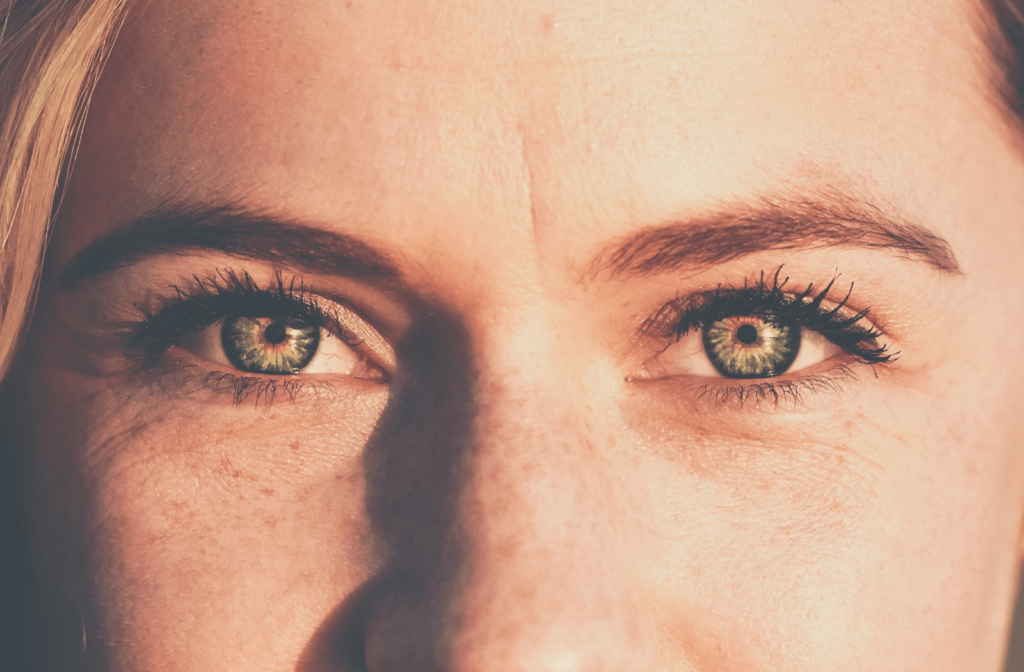The retina is the part in the backside of the eye which transmits images to your brain. If you do not have a healthy retina, you will have problems with your vision. Moreover, the retinal disorder can affect the tissue and impact your vision. Even it can cause blindness.
The most common retinal diseases include macular degeneration, floaters, retinal detachment, diabetic eye disease, and retinitis pigmentosa.
According to a report, 1.5 million Canadians experience vision loss. And 5.59 million suffer from different eye diseases that lead to vision loss.
Here is the list of most common retinal diseases in detail.
1. Macular Degeneration
This condition develops with age and causes central vision loss. Especially, people over the age of 55 experience this issue. It includes symptoms like warped straight lines, central vision, or problems focusing on fine details.
In addition, if it gets worse, you may face a condition of blind spots. However, there are treatment options that can slow its progression rate and prevent unhealthy blood vessel development.
2. Retinal Detachment
It can take place due to the creation of excessive fluid behind the retina that leads to separation. At the same time, some factors that can increase the risk of retinal detachment are as follows.
- Previous cataract surgery
- Genetic predisposition
- Presence of other eye disorder
- Extreme nearsightedness
- Last retinal detachment in the other eye
- Eye injury
3. Floaters
As the name suggests, floaters are small dark shapes, threads, or squiggly lines that float across your vision. They appear in the shape of dark specks and transparent strings. If they worsen, they can cause retinal detachment. As a result, it leads to shrinking and pulling away of the vitreous that detaches the retina. Eye floaters cause difficulty in seeing things clearly, and it is essential to remove them to restore sight. In addition, it may be an early sign of retina damage.
4. Diabetic Retinopathy
It is a complication of diabetes that occurs due to prolonged high blood sugar levels and damage to the back of the eye (retina). In this case, it damages the blood vessels of the light-sensitive tissue at the back of the eye, known as the retina. If it gets severe, it may cause blindness. However, diabetic retinopathy does not become a serious concern in a short time. It may take several years to affect your vision. It is important to note that it does not show any symptoms in the initial stages.
5. Macular Hole
It is in the shape of a small gap that opens at the center of the retina in the area known as the macula. It is present in the center of the macula and helps provide a fine-detailed vision for reading. In other words, it is present at the center of the eye’s light-sensitive tissue known as the retina. In addition, macula also makes the vision sharp that is important for driving, seeing fine-detail objects, etc. It can affect central vision, lead to black or gray spots, and blurring or distorted vision.
6. Epiretinal Membrane
It is a thin and transparent tissue-type scar over the macula. It pulls the retina and blurs the vision. However, it does not lead to complete blindness, but it affects central vision. In this case, the peripheral side of the eye remains saved. It can further cause blurry vision, and you cannot see things clearly.
Conclusion
Retinal diseases vary depending on the severity level and other factors. However, sometimes, it can cause severe damage to your vision and may lead to complete blindness. Therefore, it is essential to address eye problems immediately without delay to avoid major issues, such as partial or complete vision loss.



